James Pradier Paintings
James Pradier, born Jean-Jacques Pradier on May 23, 1790, in Geneva, was a Swiss-born French sculptor famed for his work in the neoclassical style. Pradier moved to Paris at a young age and studied at the École des Beaux-Arts under the tutelage of renowned sculptor François-Joseph Bosio and painter François-André Vincent.
In 1813, Pradier won the Prix de Rome, a prestigious scholarship for art students, which allowed him to study at the French Academy in Rome for several years. During his time in Rome, he was heavily influenced by the works of classical antiquity and the Renaissance, which played a significant role in shaping his artistic style.
After returning to France, Pradier quickly established himself as one of the leading sculptors of his time. He was commissioned to create numerous public monuments and statues, which can still be seen in various locations across Paris. Among his most notable works are the statues at the Luxembourg Gardens, the figure of Fame on the Arc de Triomphe, and the decoration of the Fontaine Saint-Michel.
Pradier's work was characterized by its classical elegance, harmonious proportions, and sensuous details. He was particularly adept at sculpting the female form, which he imbued with both grace and idealism, a hallmark of neoclassical aesthetics. Throughout his career, Pradier also produced a series of mythological figures, which were highly praised for their beauty and expressiveness.
Despite his success, Pradier's personal life was marked by financial difficulties and a turbulent private life. Nonetheless, he was an influential figure in the Parisian art scene and was appointed a professor at the École des Beaux-Arts.
James Pradier passed away on June 4, 1852, in Bougival, near Paris. His legacy includes a rich body of work that continues to be studied and admired for its craftsmanship and contribution to the neoclassical movement in art. Pradier's approach to sculpture and his ability to capture the spirit of antiquity in a modern idiom left a lasting imprint on the world of art.
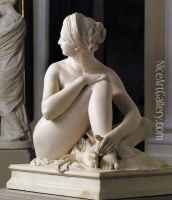
![Sappho [detail #1]](https://www.niceartgallery.com/pic/8799d38c/247390s.jpg)

![La Toilette d'Atalante [detail #4] (The Toilette of Atalante)](https://www.niceartgallery.com/pic/eb5ff54f/247388s.jpg)

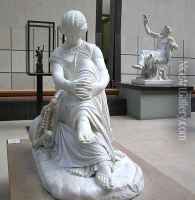
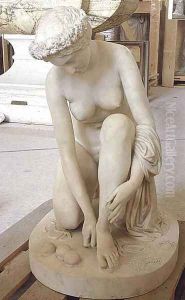
![Psyche [detail #5] (Psyche)](https://www.niceartgallery.com/pic/b96e528/247384s.jpg)
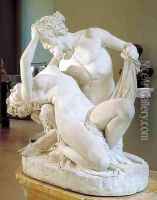
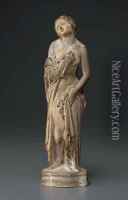

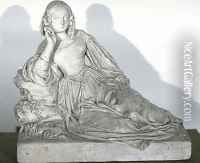
![La Toilette d'Atalante [detail #3] (The Toilette of Atalante)](https://www.niceartgallery.com/pic/40220536/247379s.jpg)
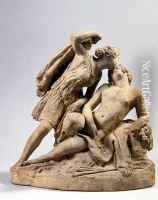
![Satyr and Bacchante [detail #6]](https://www.niceartgallery.com/pic/d45f13a0/247377s.jpg)
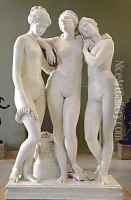
![Satyre et Bacchante [detail #1] (Satyr and Bacchante)](https://www.niceartgallery.com/pic/a0eb1551/247375s.jpg)
![Les Trois Graces [detail #2] (The Three Graces)](https://www.niceartgallery.com/pic/507b53d4/247391s.jpg)